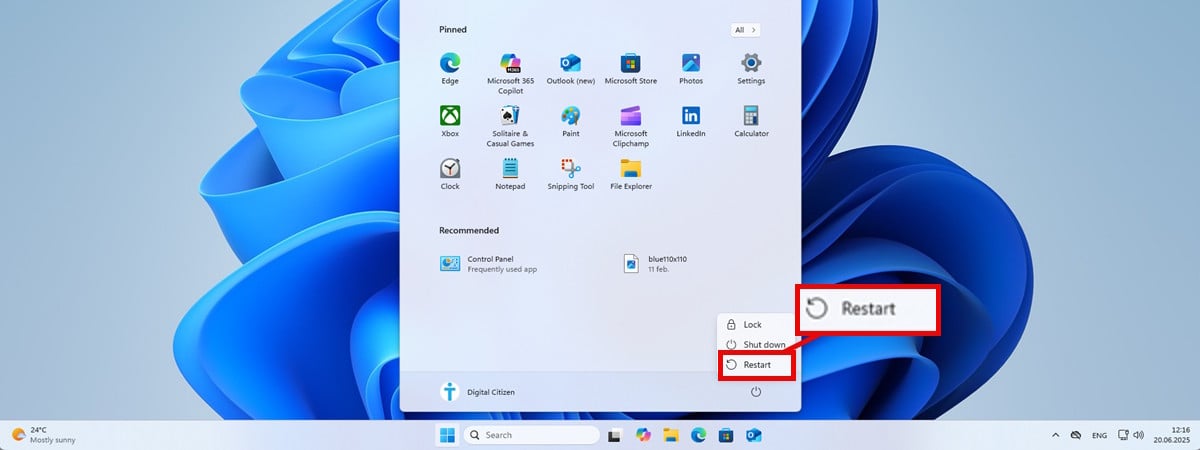Cyber criminal underground “thriving” as weekly attacks surge by 75% in Q3 2024

New data has revealed the third quarter of 2024 saw a record spike in cyber attacks, with a significant escalation in terms of the volume and intensity of virtual threats.
Threat intelligence published by Check Point recorded an average of 1,876 attacks per organization, marking a 75% increase compared to the same period in 2023, as well as a 15% rise from the previous quarter.
The number of attacks recorded in this timeframe represents an all-time high, according to Check Point, which described it as “an unprecedented surge in cyberattacks worldwide in the third quarter of 2024.”
Speaking to ITPro, Matt Aldridge, principal solutions consultant at OpenText Cybersecurity, noted that while this represents a peak, he was not shocked by the news given the current state of the threat landscape
“The reported growth in cybersecurity attacks presented here is concerning, but not entirely surprising. We are seeing a steady overall growth in cyber attacks globally, and this data tracks with the current growth curve, although it does seem to have accelerated for this quarter.”
Aldridge offered his view on why we are to see a sustained rise in cyber threats, citing geopolitical unrest and economic uncertainty as well as the adoption and misuse of generative AI systems.
“Growth and acceleration in attacks continues for a combination of reasons, including ongoing conflicts, financial hardship in key regions, developing cyber strength in sanctioned nation states, immaturity of decentralized finance services and increasing abuse of generative AI technology.”
David Sancho, senior threat researcher at Trend Micro, told ITPro that cyber crime remains a highly profitable enterprise, which explains its ongoing growth as law enforcement agencies struggle to deter potential criminals.
“This is largely because cybercrime is very profitable. Thanks to a thriving criminal underground and the rise of criminal offerings like Ransomware as a Service (RaaS) that lower the barrier to entry for cybercrime attackers, cyber attacks can be developed and initiated more easily, and cheaper than ever before.
“Couple that with the fact that prosecuting these crimes requires a lot of coordination among different law enforcement agencies, and you have the perfect storm.”
African organizations bearing the “brunt” of cyber attacks
Check Point found the education/research sector was by far the hardest hit during the period, receiving 3,828 weekly attacks.
This tracks with findings from the UK Department of Science, Innovation and Technology’s 2024 Cyber Security Breaches Survey published earlier this year, which stated 43% of higher education institutions in the UK reported at least one breach or cyber attack per week over the last year.
The latest Cyber Signal Report, published by Microsoft on 10 October, warned the education sector is “under siege”, stating that its own telemetry recorded an average 2,507 cyber attack attempts per week.
Following education, the other industries Check Point found were being disproportionately targeted by cyber criminals were government/military and healthcare, with 2,553 and 2,434 weekly attacks respectively.
In terms of the geographic distribution of these attacks, Africa was highlighted as an area being given increased attention by threat actors, with an average of 3,370 attacks per week, a 90% increase year on year.
Europe and Latin America also saw substantial increases in the frequency of attacks, notching an 86% and 72% increase year on year respectively, but Check Point concluded that African organizations “bore the brunt” of cyber threats this quarter.
This follows testimony from African-based security specialists claiming the region has become the preeminent “battleground” for state sponsored threat actors testing their new attack techniques against local organizations before deploying them worldwide.
Source link











